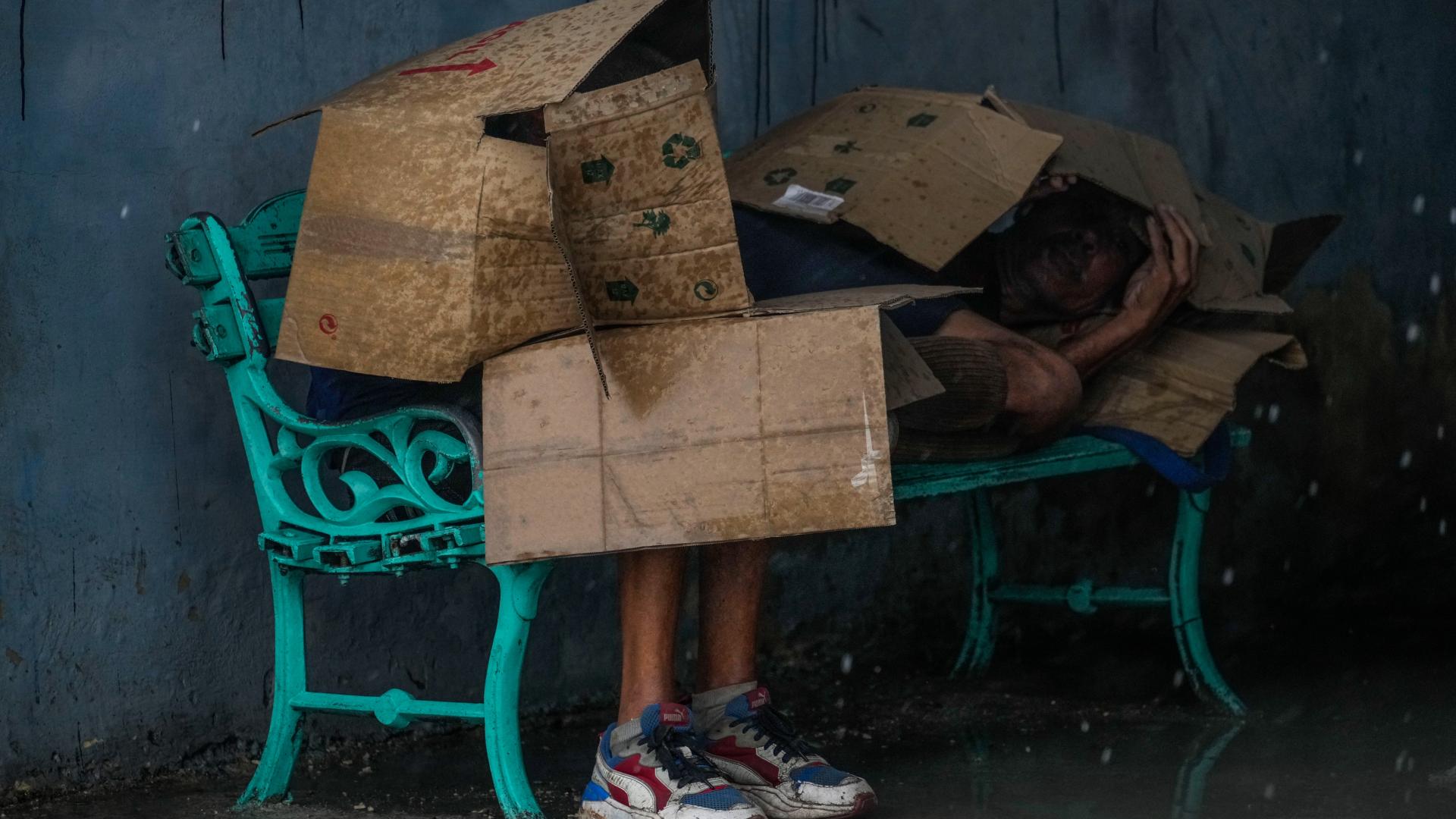Cuba Struggles Following Category 3 Hurricane Devastation and Power Grid Collapse
Cuba is grappling with the aftermath of a devastating Category 3 hurricane that has severely impacted the island and its power infrastructure.

The full extent of the hurricane's devastation was still being assessed in the early hours, but meteorologists cautioned that Hurricane Rafael could create "life-threatening" storm surges, intense winds, and flash floods, particularly impacting Cuba after previously affecting parts of the Cayman Islands and Jamaica.
On Wednesday evening, massive waves battered Havana, while strong winds and heavy rain pummeled the historic city, leaving behind scattered trees on waterlogged streets. Much of the city was in darkness and eerily quiet.
As the storm advanced across Cuba, its intensity diminished to a Category 2 hurricane as it headed into the Gulf of Mexico, approaching northern Mexico and southern Texas, according to updates from the National Hurricane Center in Miami.
In the aftermath, many Cubans found themselves trying to recover from the previous night's destruction, experiencing a disconcerting feeling of déjà vu following a tumultuous few weeks in the Caribbean nation.
Earlier in October, Cuba experienced a one-two punch: it faced widespread blackouts that lasted several days due to an ongoing energy crisis, and not long after, a powerful hurricane struck, resulting in at least six fatalities in the eastern region of the island.
Rafael marked the 17th named storm of the hurricane season.
The National Oceanic and Atmospheric Administration has indicated that the 2024 hurricane season is expected to be significantly above average, projecting between 17 and 25 named storms. This forecast includes the possibility of up to 13 hurricanes and four major hurricanes.
For context, an average Atlantic hurricane season witnesses 14 named storms, with seven classified as hurricanes and three as major hurricanes.
Emily Johnson for TROIB News
Find more stories on the environment and climate change on TROIB/Planet Health












